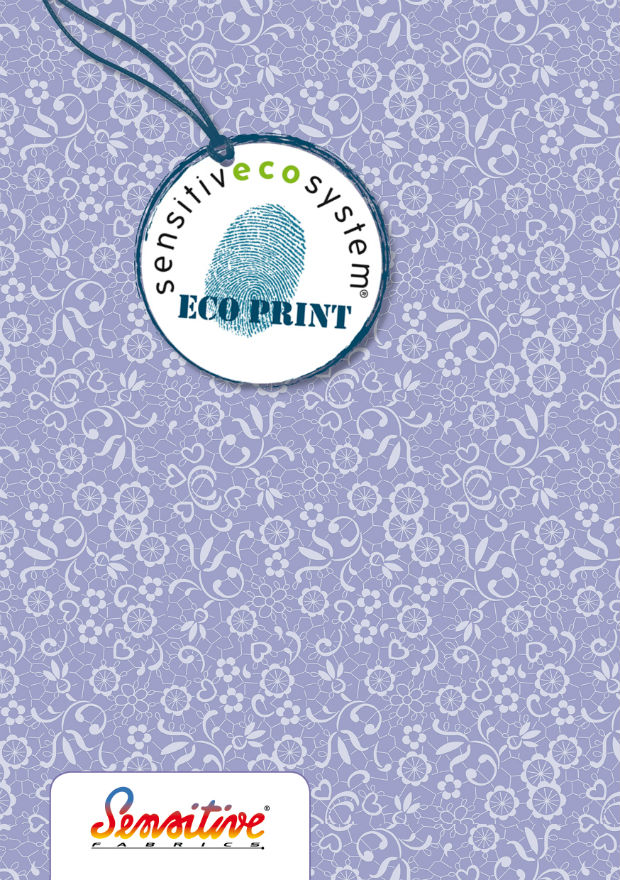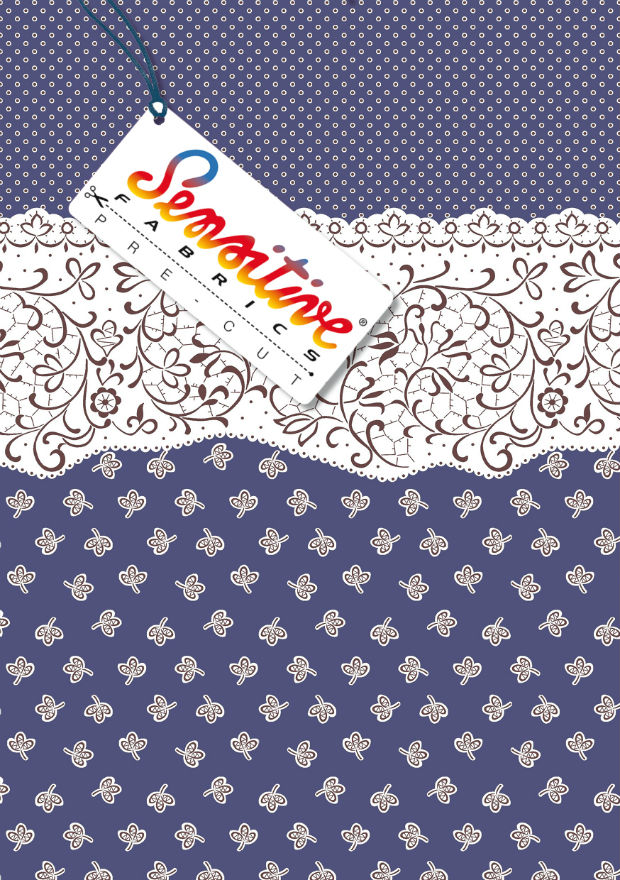FABRICSAI2021-22PARADE_TREND_2-300x192-cropped.jpg)
Back to Wellness lingerie fabrics from Sensitive Fabrics by Eurojersey
Leading Italian warp knitter Eurojersey’s new 3D Print, Eco-Print and Pre-Cut printing techniques, due to their benefits in terms of savings (cost, energy), add significant value to the Sensitive fabrics range for Autumn/Winter 2014-15. This development of these innovative and creative techniques is supported by the ongoing research carried out by Eurojersey’s design department, the company’s technologically advanced manufacturing site in the warp-knit textiles sector, and its 100% compliance with environmental standards.

17th July 2013
Knitting Industry
|
Milan
Leading Italian warp knitter Eurojersey’s new 3D Print, Eco-Print and Pre-Cut printing techniques, due to their benefits in terms of savings (cost, energy), add significant value to the Sensitive fabrics range for Autumn/Winter 2014-15.
This development of these innovative and creative techniques is supported by the ongoing research carried out by Eurojersey’s design department, the company’s technologically advanced manufacturing site in the warp-knit textiles sector, and its 100% compliance with environmental standards.
3D Print is a printing technique designed to reproduce in 3D any type of pattern or decoration directly onto the surface of a fabric the same effect as jewelled appliqué or embroidery, as well as a high-resolution performance, with the extremely flat surface of Sensitive fabrics helping to ensure optimal colour penetration.
According to Eurojersey, it can reproduce any pattern with high-definition colours and detailing, showing good quality standards and creating an optical illusion that makes people think the fabric is 3D.
The technique has a low environmental impact, as it uses reduced colorants (-88%) and water (-35%), and results in lower emissions (greenhouse gases: -59%; methane: -57%) than traditional printing techniques.
Designed for creating tone-on-tone or contrast effects, using a pigment which reproduces the pattern onto the fabric, Eco-Print is a type of printing technology that has benefits in terms of aesthetics and eco-friendliness.

The technique is said to provide excellent printing definition for each design, a softer feel compared to traditional printing, and fastness when subjected to rubbing and during washing. Eco-Print uses reduced water (-54%) and energy (-19%), and results in lower emissions (greenhouse gases: -47%; methane: -57%) than traditional printing techniques.
Sensitive Pre-Cut is a new printing method, which allows a roll of fabric to be printed and pre-cut, achieving precise decorative features such as real strips of lace that are ready to be used on the cutting table for clothes.

The technique is said to be able to reproduce high-definition, extremely precise designs, such as micro patterns and lace detailing and create exquisite decorations with exact gauging of the size of the design and the dimensions of the layout of the garment, resulting in a ready-to-use printed border.
According to the company, Pre-Cut printing helps to optimise costs and production times, as well as minimising fabric waste during the cutting process and ensuring precise consumption of fabric when making clothes.

Business intelligence for the fibre, textiles and apparel industries: technologies, innovations, markets, investments, trade policy, sourcing, strategy...
Find out more